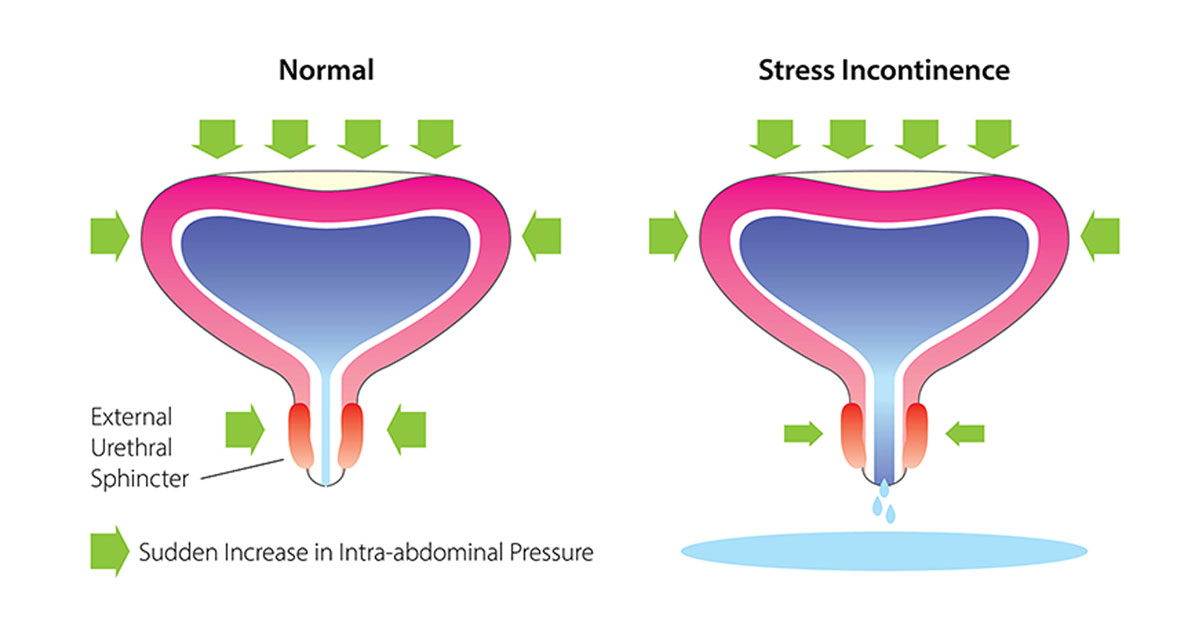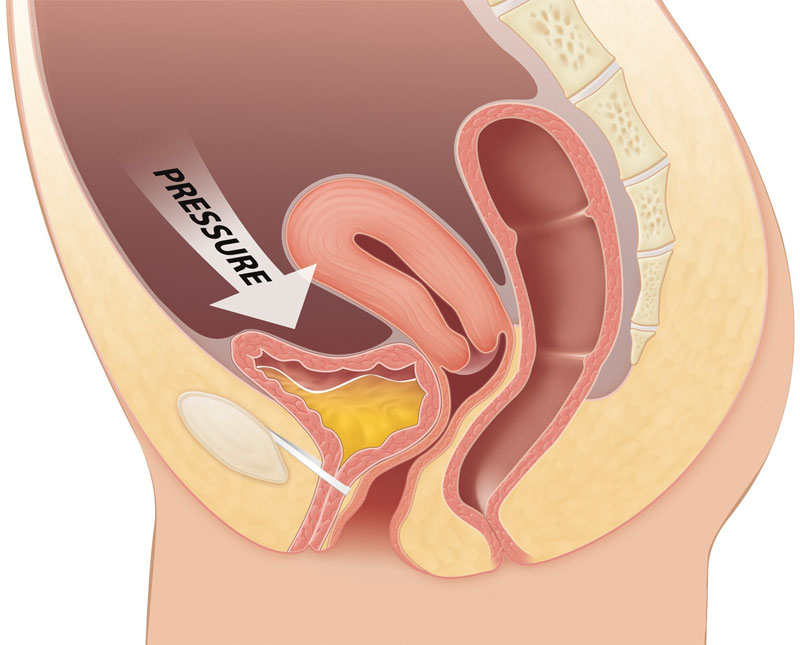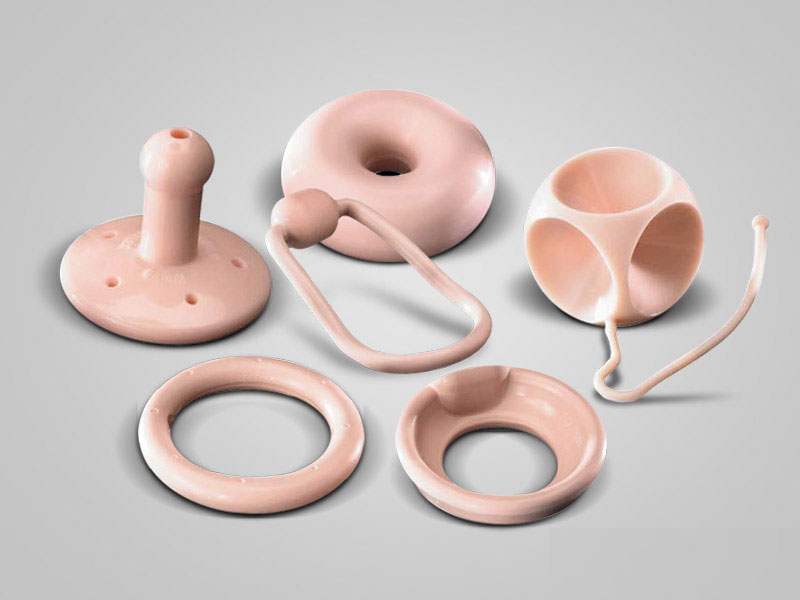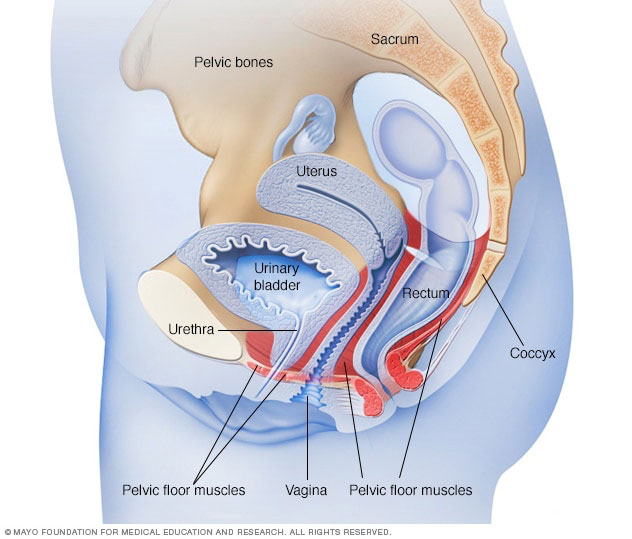
Incontinence in the Female Athlete
Leakage – common but not normal
Incontinence, or accidental leakage of urine, is a condition that affects anywhere between 10-55% of women between the ages of 15-60 years old(1). Despite its high prevalence, involuntary leakage is something that is rarely discussed, even in the domain of healthcare. And this has only helped to foster the embarrassment people who suffer from incontinence feel.
As such, I believe it’s important to highlight that incontinence is not a normal part of aging! Any leakage during laughing, sneezing or exercise shouldn’t be ignored, the fix may be easier than you think. Nowadays, there are a multitude of resources, devices and health practitioners dedicated to fixing issues such as incontinence. In fact, simple pelvic floor strengthening has curative rates ranging between 44-70%(2). That’s pretty good for a 5 minute a day exercises if you ask me.
Athletes get incontinence too!
The other thing I believe is important to highlight is that incontinence affects sportswomen as well, both professional and recreational. Leakage occurs in about 30% of regular everyday exercising women(3), and affects 28-80% of female athletes of any running jumping sport(4). Those most at risk being trampolinists, gymnasts, hockey players and ballet dancers.
What is Incontinence?
Incontinence is define as any involuntary leakage of urine, and can be one of 3 main types:
- Stress Incontinence: leakage on effort or exertion, such as sneezing, laughing or jumping. This is the most common type of incontinence, and as such the main focus of this blog.
- Urgency Incontinence: leakage accompanied by a strong need to urinate
- Mixed Incontinence: a combination of both Stress and Urgency Incontinence

How does leakage happen?
More specifically, stress incontinence occurs when there’s an increase in internal abdominal pressure, which is what happens when we laugh or jump or have to carry something heavy. As we “brace” our core the pressure created pushes down onto our pelvic floor, which sits like a sling underneath supporting our bladder. Hence if our pelvic floor isn’t strong enough to counteract this downwards force, our bladder is squashed down and urine may leak out.

How do we fix Incontinence?
First line for almost all cases of incontinence, is pelvic floor strengthening, under the direction of Physiotherapist or Women’s Health practitioner. Depending on the type of incontinence you have, your General practitioners may also be able to prescribe medications, supplements and assistive devices to help you get on with your life.

How do I train pelvic floor?
Activating our pelvic floor requires dedicated practice, but essentially it would feel like a slight “tighten and lift” sensation around your vagina. Activating your pelvic floor should feel like tightening to “stop the flow of urine” or “holding onto wind”. Once you’ve gotten the hang of this your Health Practitioner may progress you to learning to hold this contraction or coordinating it with movement, depending on when leakage happens for you.
References:
1. Teixeira RV, Colla C, Sbruzzi G, Mallmann A, Paiva LL. Prevalence of urinary incontinence in female athletes: a systematic review with meta-analysis. Int Urogynecol J. 2018 Dec;29(12):1717-1725. doi: 10.1007/s00192-018-3651-1. Epub 2018 Apr 13. PubMed PMID: 29654349.
2. Bø K. Urinary incontinence, pelvic floor dysfunction, exercise and sport. Sports Med. 2004;34(7):451-64. Review. PubMed PMID: 15233598.
3. Nygaard I, DeLancey JO, Arnsdorf L, Murphy E. Exercise and incontinence.Obstet Gynecol. 1990 May;75(5):848-51. PubMed PMID: 2325968.
4. Goldstick O, Constantini N. Urinary incontinence in physically active women and female athletes. Br J Sports Med. 2014 Feb;48(4):296-8. doi: 10.1136/bjsports-2012-091880. Epub 2013 May 18. Review. PubMed PMID: 23687004.
